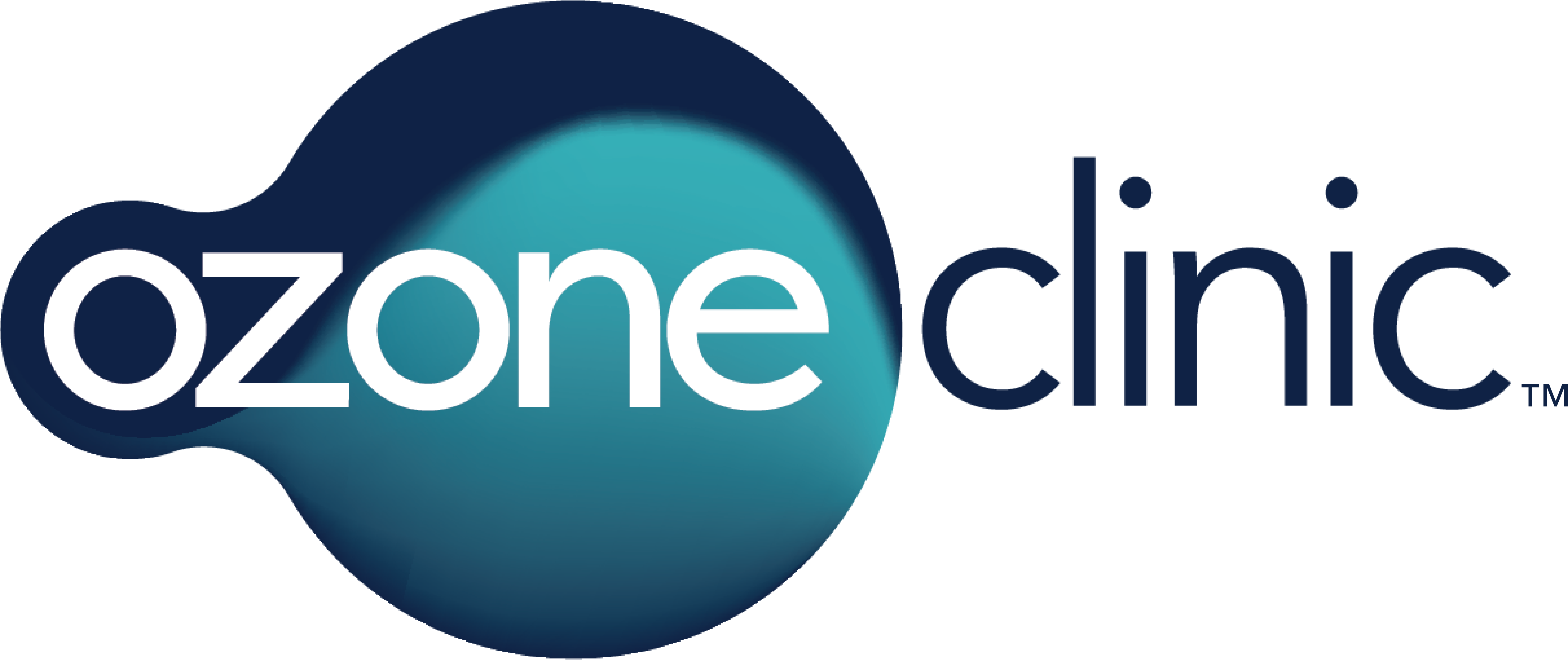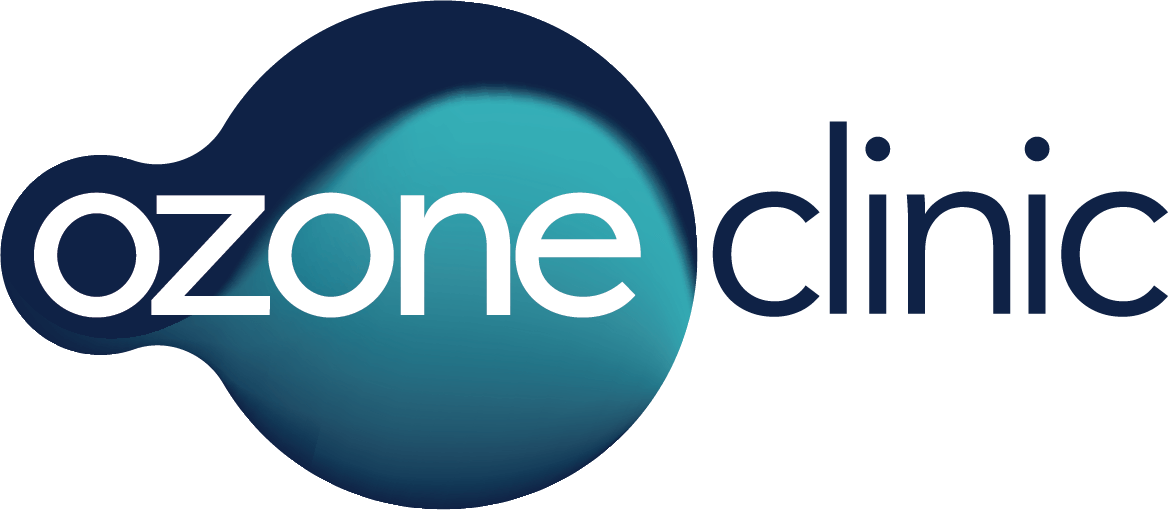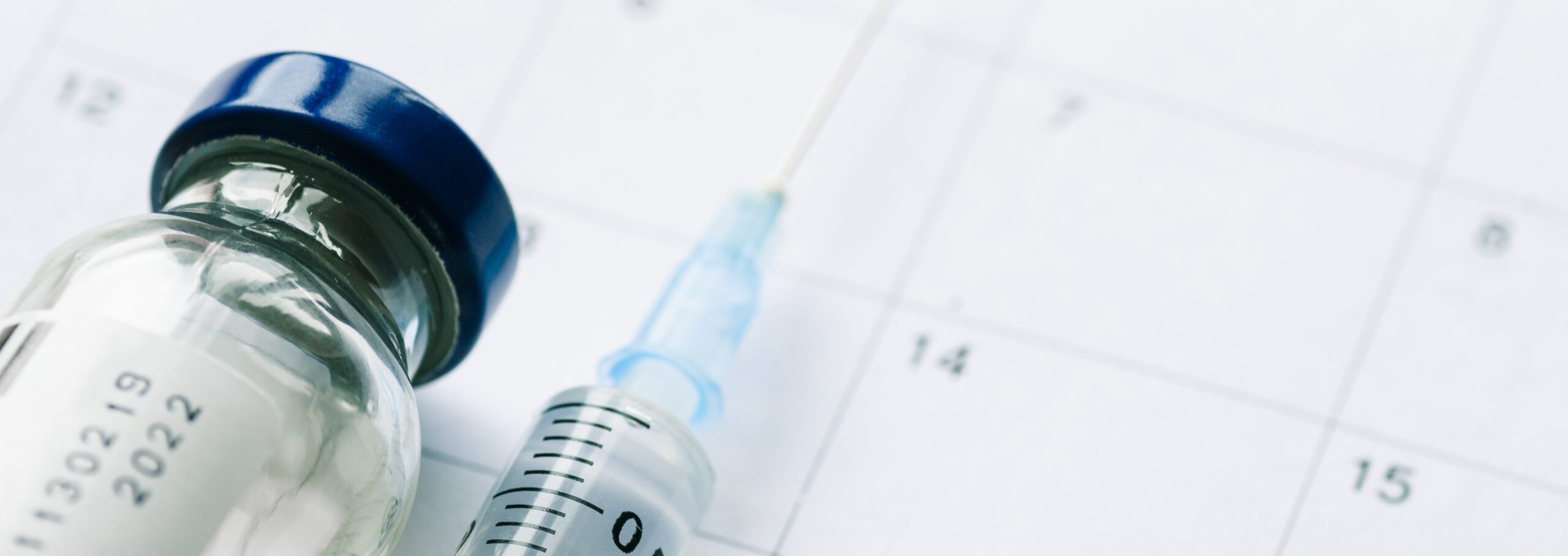Introduction:
“Transurethral resection of prostate (TURP) remains the golden standard therapy since decades. There are various minimally invasive therapies (MITs) for the treatment of benign prostatic hyperplasia (BPH). Still, there is a need for therapy with lesser side effects and better outcome. We had studied the effect of intraprostatic ozone injection (IPOI) as an MIT for patients with BPH who have failed trial without catheter (TWOC).”(1)
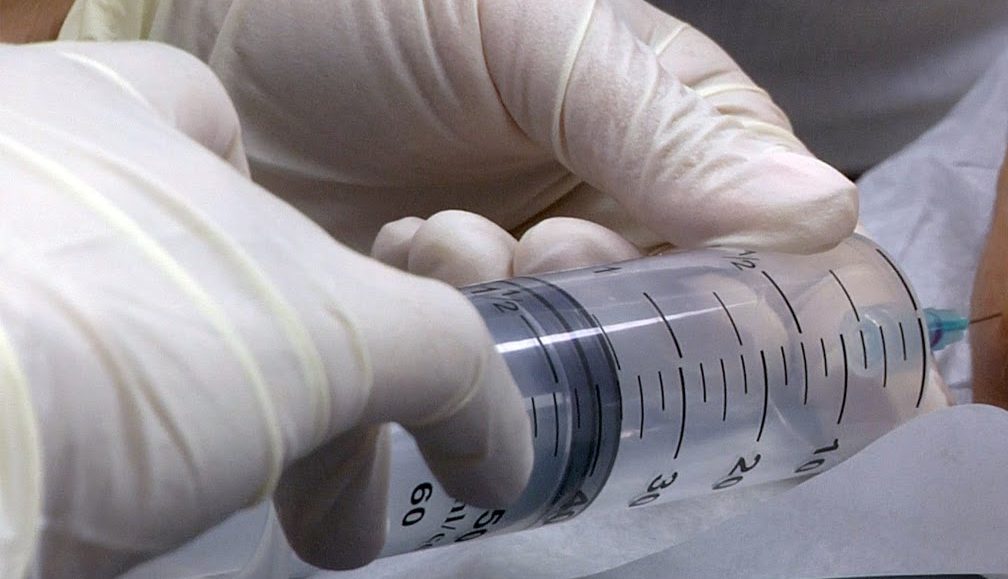
Materials and Methods
“Thirty elderly patiens with BPH with a prostate size of 30g or more were enolled for the study. Forty milliliters of ozone at concentration od 30 µg/dl was injected into the prostate _20mL into each lateral lobe per rectally. Prostate volume (PV) by ultrasonography was assessed after catheter removal on the 7th day and after 1 month.
Observations and Results
In total, thirty patients (mean age- 67.8 years) with a mean prostate volume (MPV) of 46.10cc received IPOI. MPV came as 44.96cc on the 7th day of post ozone therapy. Successful voiders showed a significant reduction in PV (mean = 13.12cc) as compared to unsuccessful voiders (mean = 2.61cc) after 1 month.”(1)
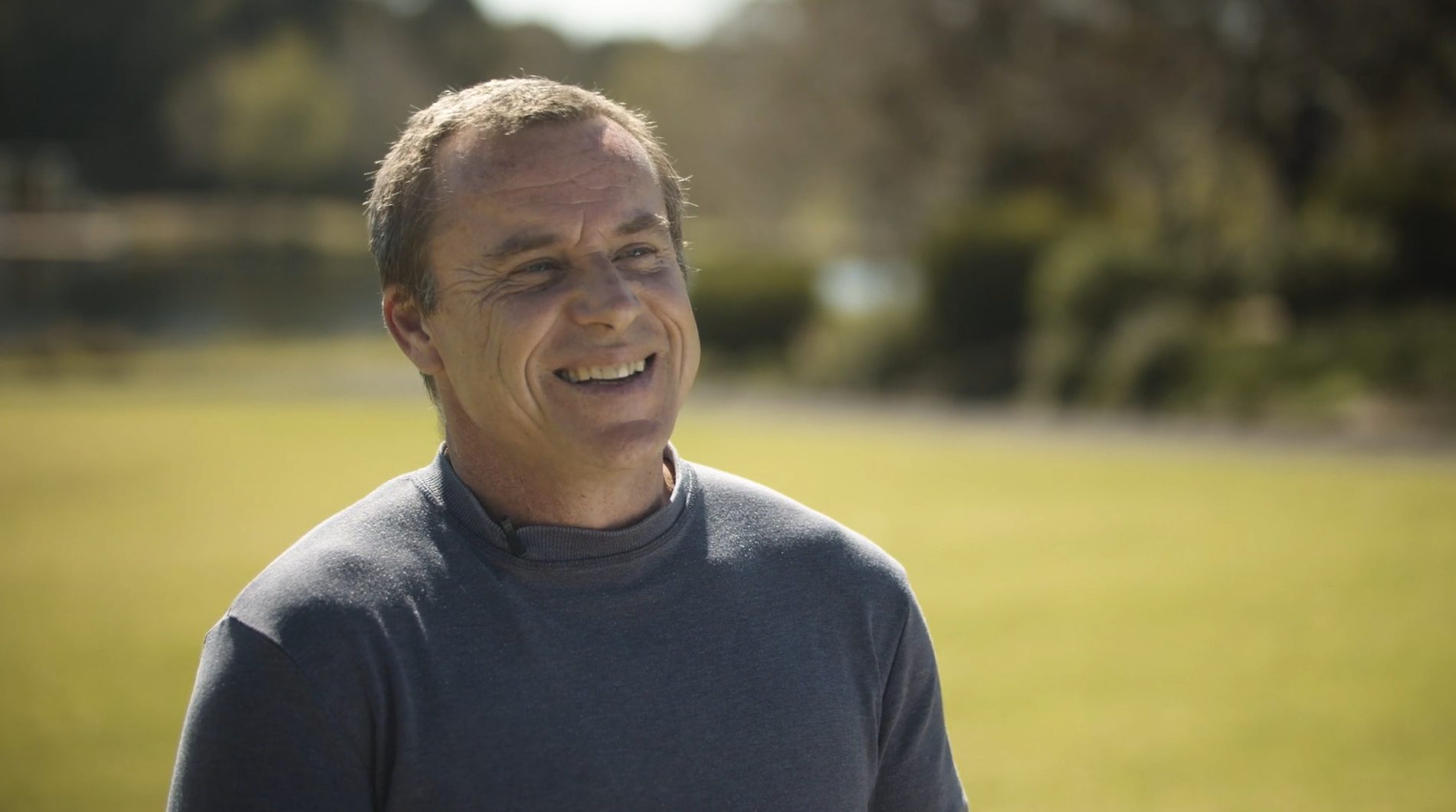
Case Study
“This prospective studywas conducted in the department of surgery in a tertiary care hospital from January 2013 to January 2015 after obtaining approval from the college’s Ethics Committee.”(1)
Procedure
“Patients were placed in Sim’s position on the operating table and a pre-procedure per rectal exam was done. In all selected patients, 40mL of ozone at a concentration of 30 µg/dl was injected at multiple sites (20mL in each lateral lobe) through 23 Fr spinal needle. Patients were observed for 30min after the procedure. Catheter was removed after 7 days. Patients were observed for 30min after the procedure. Catheter was removed after 7 days. Patients were assessed for prostate volume (PV) by transabdominal ultrasonography (USG). Prostate size assessment was done by per abdominal USG at 7th day and after 1 month.
Conclusion
Intraprostatic ozone injection helps to reduce the PV to some extent and can be helpful in patients who have failed TWOC even on alpha blockers and are unfit for TURP. Larger studies are required to assess the efficacy and long-term results of this technique.”(1)
Read here for discussion and references
Source
